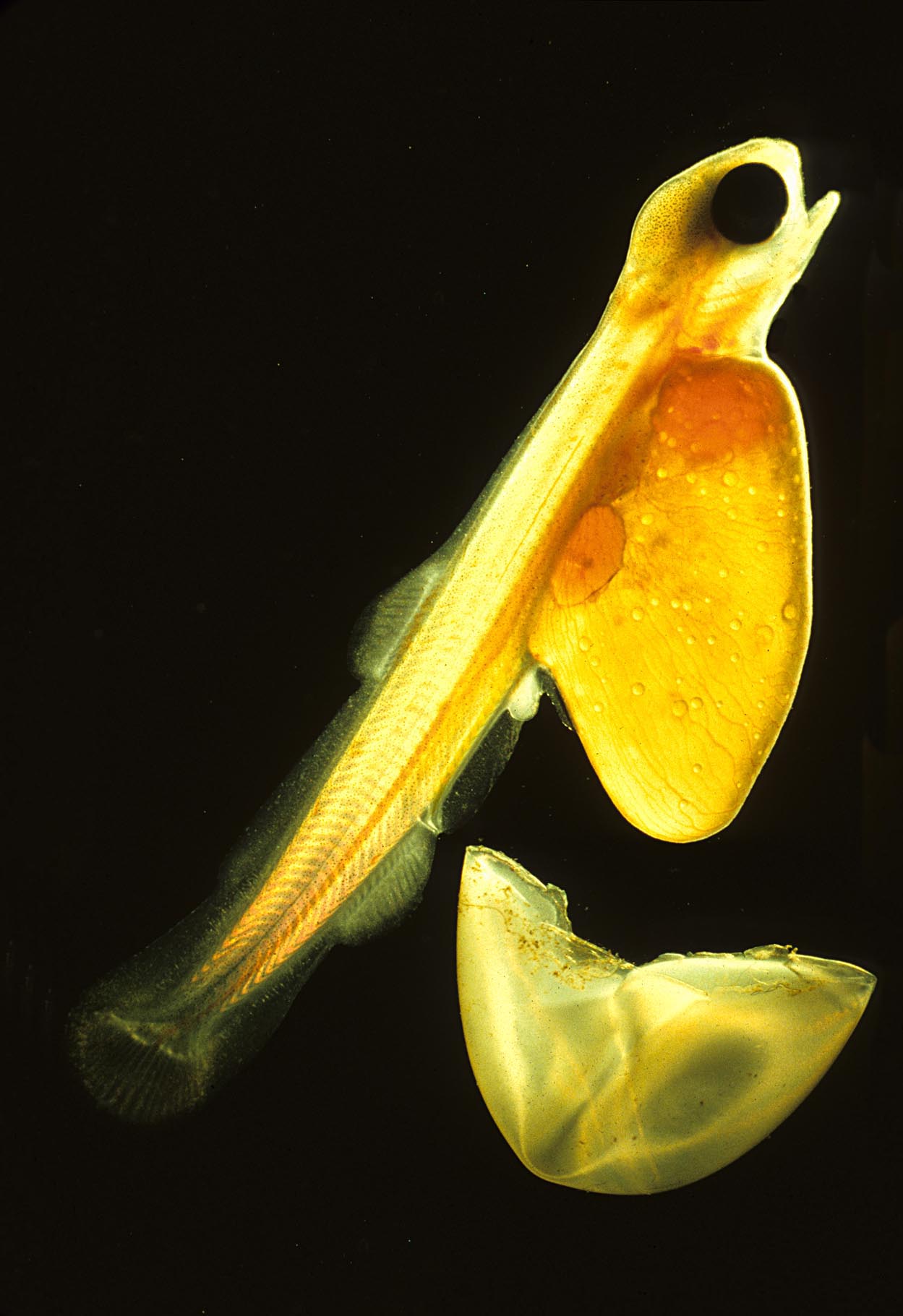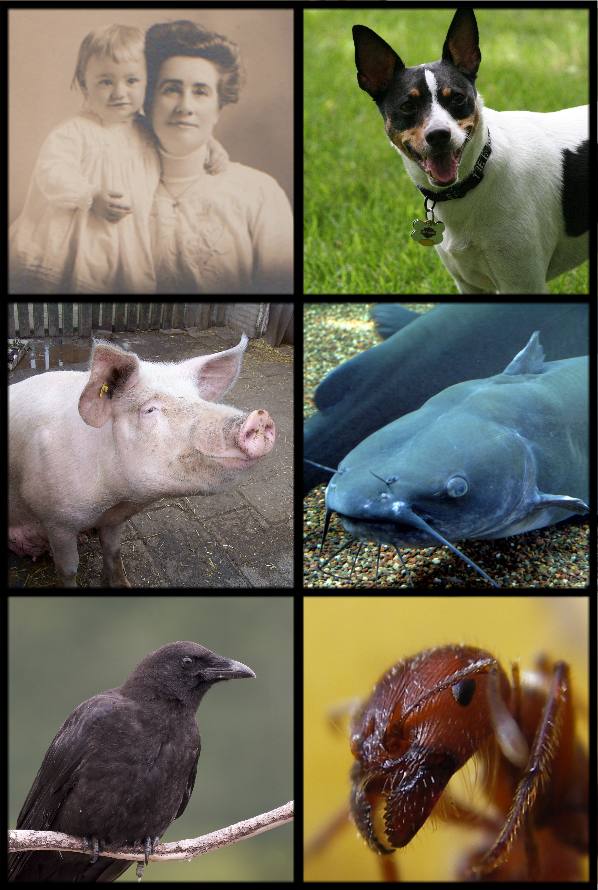|
Common Grackle
The common grackle (''Quiscalus quiscula'') is a species of large icterid bird found in large numbers through much of North America. First described in 1758 by Carl Linnaeus, the common grackle has three subspecies. Adult common grackles have a long and dark bill, pale yellow eyes, and a long tail. Adults often have a bluish iridescent appearance on their head, especially males. Common grackles can be found widely across North America east of the Rocky Mountains. Taxonomy The common grackle was first described in 1758 by Carl Linnaeus in the tenth edition of ''Systema Naturae'', as ''Gracula quiscula''. It was assigned to the genus ''Quiscalus'' by French ornithologist Louis Pierre Vieillot in his 1816 ''Dictionnaire d'histoire naturelle''. Three subspecies are recognized: *the Florida grackle (''Q. q. quiscula'') (Linnaeus 1758), the nominate subspecies *the purple grackle (''Q. q. stonei'') (Chapman, 1935) *the bronzed grackle (''Q. q. versicolor'') (Vieillot, 1816) Descri ... [...More Info...] [...Related Items...] OR: [Wikipedia] [Google] [Baidu] |
Carl Linnaeus
Carl Linnaeus (23 May 1707 – 10 January 1778), also known after ennoblement in 1761 as Carl von Linné,#Blunt, Blunt (2004), p. 171. was a Swedish biologist and physician who formalised binomial nomenclature, the modern system of naming organisms. He is known as the "father of modern Taxonomy (biology), taxonomy". Many of his writings were in Latin; his name is rendered in Latin as and, after his 1761 ennoblement, as . Linnaeus was the son of a curate and was born in Råshult, in the countryside of Småland, southern Sweden. He received most of his higher education at Uppsala University and began giving lectures in botany there in 1730. He lived abroad between 1735 and 1738, where he studied and also published the first edition of his ' in the Netherlands. He then returned to Sweden where he became professor of medicine and botany at Uppsala. In the 1740s, he was sent on several journeys through Sweden to find and classify plants and animals. In the 1750s and 1760s, he co ... [...More Info...] [...Related Items...] OR: [Wikipedia] [Google] [Baidu] |
Rodent
Rodents (from Latin , 'to gnaw') are mammals of the Order (biology), order Rodentia ( ), which are characterized by a single pair of continuously growing incisors in each of the upper and Mandible, lower jaws. About 40% of all mammal species are rodents. They are native to all major land masses except for Antarctica, and several oceanic islands, though they have subsequently been introduced to most of these land masses by human activity. Rodents are extremely diverse in their ecology and lifestyles and can be found in almost every terrestrial habitat, including human-made environments. Species can be arboreal, fossorial (burrowing), saltatorial/ricochetal (leaping on their hind legs), or semiaquatic. However, all rodents share several morphological features, including having only a single upper and lower pair of ever-growing incisors. Well-known rodents include Mouse, mice, rats, squirrels, prairie dogs, porcupines, beavers, Cavia, guinea pigs, and hamsters. Once included wi ... [...More Info...] [...Related Items...] OR: [Wikipedia] [Google] [Baidu] |
Bird
Birds are a group of warm-blooded vertebrates constituting the class (biology), class Aves (), characterised by feathers, toothless beaked jaws, the Oviparity, laying of Eggshell, hard-shelled eggs, a high Metabolism, metabolic rate, a four-chambered heart, and a strong yet lightweight Bird skeleton, skeleton. Birds live worldwide and range in size from the bee hummingbird to the common ostrich. There are over 11,000 living species and they are split into 44 Order (biology), orders. More than half are passerine or "perching" birds. Birds have Bird wing, wings whose development varies according to species; the only known groups without wings are the extinct moa and elephant birds. Wings, which are modified forelimbs, gave birds the ability to fly, although further evolution has led to the Flightless bird, loss of flight in some birds, including ratites, penguins, and diverse endemism, endemic island species. The digestive and respiratory systems of birds are also uniquely a ... [...More Info...] [...Related Items...] OR: [Wikipedia] [Google] [Baidu] |
Cereal
A cereal is a grass cultivated for its edible grain. Cereals are the world's largest crops, and are therefore staple foods. They include rice, wheat, rye, oats, barley, millet, and maize ( Corn). Edible grains from other plant families, such as amaranth, buckwheat and quinoa, are pseudocereals. Most cereals are annuals, producing one crop from each planting, though rice is sometimes grown as a perennial. Winter varieties are hardy enough to be planted in the autumn, becoming dormant in the winter, and harvested in spring or early summer; spring varieties are planted in spring and harvested in late summer. The term cereal is derived from the name of the Roman goddess of grain crops and fertility, Ceres. Cereals were domesticated in the Neolithic around 8,000 years ago. Wheat and barley were domesticated in the Fertile Crescent; rice and some millets were domesticated in East Asia, while sorghum and other millets were domesticated in West Africa. Maize was domesticat ... [...More Info...] [...Related Items...] OR: [Wikipedia] [Google] [Baidu] |
Seed
In botany, a seed is a plant structure containing an embryo and stored nutrients in a protective coat called a ''testa''. More generally, the term "seed" means anything that can be Sowing, sown, which may include seed and husk or tuber. Seeds are the product of the ripened ovule, after the embryo sac is fertilization, fertilized by Pollen, sperm from pollen, forming a zygote. The embryo within a seed develops from the zygote and grows within the mother plant to a certain size before growth is halted. The formation of the seed is the defining part of the process of reproduction in seed plants (spermatophytes). Other plants such as ferns, mosses and marchantiophyta, liverworts, do not have seeds and use water-dependent means to propagate themselves. Seed plants now dominate biological Ecological niche, niches on land, from forests to grasslands both in hot and cold climates. In the flowering plants, the ovary ripens into a fruit which contains the seed and serves to disseminate ... [...More Info...] [...Related Items...] OR: [Wikipedia] [Google] [Baidu] |
Berry
A berry is a small, pulpy, and often edible fruit. Typically, berries are juicy, rounded, brightly colored, sweet, sour or tart, and do not have a stone or pit although many pips or seeds may be present. Common examples of berries in the culinary sense are strawberries, raspberries, blueberries, blackberries, white currants, blackcurrants, and redcurrants. In Britain, soft fruit is a horticultural term for such fruits. The common usage of the term "berry" is different from the scientific or botanical definition of a berry, which refers to a fleshy fruit produced from the ovary of a single flower where the outer layer of the ovary wall develops into an edible fleshy portion( pericarp). The botanical definition includes many fruits that are not commonly known or referred to as berries, such as grapes, tomatoes, cucumbers, eggplants, bananas, and chili peppers. Fruits commonly considered berries but excluded by the botanical definition include strawberries, raspber ... [...More Info...] [...Related Items...] OR: [Wikipedia] [Google] [Baidu] |
Egg (biology)
An egg is an organic vessel grown by an animal to carry a possibly fertilization, fertilized egg cell (a zygote) and to egg incubation, incubate from it an embryo within the egg until the embryo has become an animal fetus that can survive on its own, at which point the animal hatches. Most arthropods, vertebrates (excluding live-bearing mammals), and Mollusca, mollusks lay eggs, although some, such as scorpions, do not. Reptile eggs, bird eggs, and monotreme eggs are laid out of water and are surrounded by a protective eggshell, shell, either flexible or inflexible. Eggs laid on land or in nests are usually kept within a warm and favorable temperature range while the embryo grows. When the embryo is adequately developed it hatches, i.e., breaks out of the egg's shell. Some embryos have a temporary egg tooth they use to crack, pip, or break the eggshell or covering. The largest recorded egg is from a whale shark and was in size. Whale shark eggs typically hatch within the m ... [...More Info...] [...Related Items...] OR: [Wikipedia] [Google] [Baidu] |
Frog
A frog is any member of a diverse and largely semiaquatic group of short-bodied, tailless amphibian vertebrates composing the order (biology), order Anura (coming from the Ancient Greek , literally 'without tail'). Frog species with rough skin texture due to wart-like parotoid glands tend to be called toads, but the distinction between frogs and toads is informal and purely cosmetic, not from taxonomy (biology), taxonomy or evolutionary history. Frogs are widely distributed, ranging from the tropics to subarctic regions, but the greatest concentration of species diversity is in tropical rainforest and associated wetlands. They account for around 88% of extant amphibian species, and are one of the five most diverse vertebrate orders. The oldest fossil "proto-frog" ''Triadobatrachus'' is known from the Early Triassic of Madagascar (250Myr, million years ago), but molecular clock, molecular clock dating suggests their divergent evolution, divergence from other amphibians may exte ... [...More Info...] [...Related Items...] OR: [Wikipedia] [Google] [Baidu] |
Leuciscinae
Leuciscinae is a subfamily of freshwater Actinopterygii, ray-finned fishes belonging to the Family (biology), family Leuciscidae, which includes the fishes known as daces, chubs, shiners and minnows. The fishes in this subfamily are mainly found in Eurasia, with one genus (''Golden shiner, Notemigonus'') in North America. Genera Leuciscinae contains the following genera: * ''Abramis'' Georges Cuvier, Cuvier, 1816 (Common bream) * ''Acanthobrama'' Johann Jakob Heckel, Heckel 1843 (Bleaks) * ''Achondrostoma'' Joana Isabel Robalo, Robalo, Vitor C. Almada, Almada, André Levy, Levy & Ignacio Doadrio, Doadrio, 2007 * ''Alburnoides'' Ludwig Heinrich Jeitteles, Jeitteles, 1861 (Riffle minnows) * ''Alburnus'' Rafinesque, 1820 (Bleaks) * ''Anaecypris'' Maria João Collares-Pereira, Collares-Pereira, 1983 (Spanish minnowcarp) * ''Aspiolucius'' Lev Berg, Berg, 1907 (pike-asp) * ''Ballerus'' Heckel, 1843 (breams) * ''Blicca'' Heckel, 1843 (Silver bream) * ''Capoetobrama'' Berg, 1916 (Sharpray ... [...More Info...] [...Related Items...] OR: [Wikipedia] [Google] [Baidu] |
Insect
Insects (from Latin ') are Hexapoda, hexapod invertebrates of the class (biology), class Insecta. They are the largest group within the arthropod phylum. Insects have a chitinous exoskeleton, a three-part body (Insect morphology#Head, head, Thorax (insect anatomy), thorax and abdomen (insect anatomy), abdomen), three pairs of jointed Arthropod leg, legs, compound eyes, and a pair of antenna (biology), antennae. Insects are the most diverse group of animals, with more than a million described species; they represent more than half of all animal species. The insect nervous system consists of a insect brain, brain and a ventral nerve cord. Most insects reproduce Oviparous, by laying eggs. Insects Respiratory system of insects, breathe air through a system of Spiracle (arthropods), paired openings along their sides, connected to Trachea#Invertebrates, small tubes that take air directly to the tissues. The blood therefore does not carry oxygen; it is only partly contained in ves ... [...More Info...] [...Related Items...] OR: [Wikipedia] [Google] [Baidu] |
Omnivore
An omnivore () is an animal that regularly consumes significant quantities of both plant and animal matter. Obtaining energy and nutrients from plant and animal matter, omnivores digest carbohydrates, protein, fat, and fiber, and metabolize the nutrients and energy of the sources absorbed. Often, they have the ability to incorporate food sources such as algae, fungi, and bacteria into their diet. Omnivores come from diverse backgrounds that often independently evolved sophisticated consumption capabilities. For instance, dogs evolved from primarily carnivorous organisms (Carnivora) while pigs evolved from primarily herbivorous organisms (Artiodactyla). Despite this, physical characteristics such as tooth morphology may be reliable indicators of diet in mammals, with such morphological adaptation having been observed in bears. The variety of different animals that are classified as omnivores can be placed into further sub-categories depending on their feeding behaviors. Frug ... [...More Info...] [...Related Items...] OR: [Wikipedia] [Google] [Baidu] |








